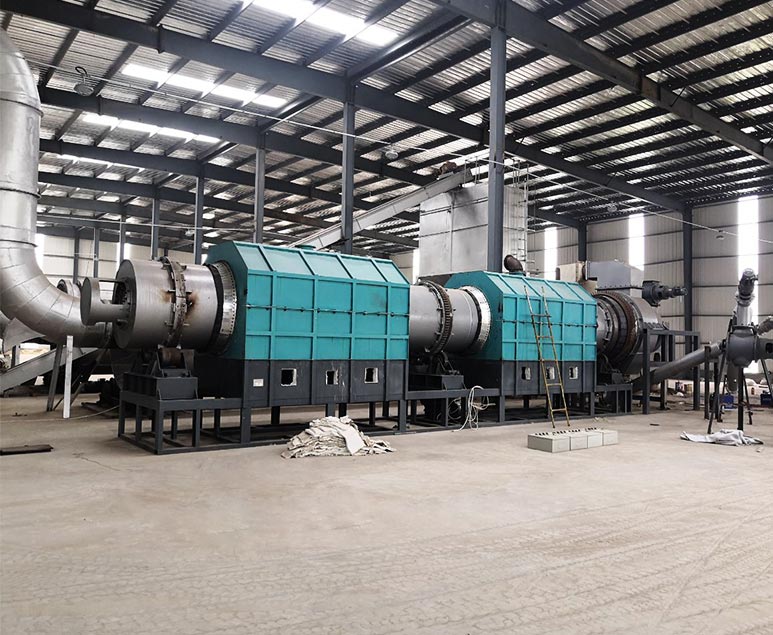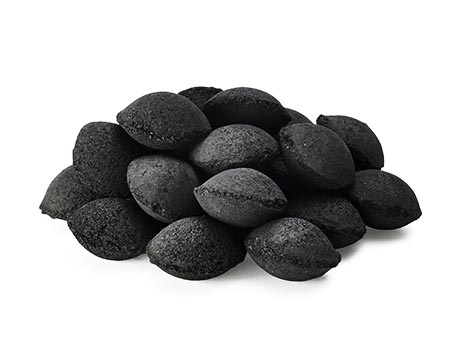When looking to start a biochar production business, the first step is to purchase the necessary equipment. There are many different types of biochar production equipment on the market, so it is important to do your research and find the right fit for your needs. This article will outline the different parts of a typical biochar production set-up, as well as provide some tips on what to look for when making your purchase.
1. Feedstock Preparation
The first step in biochar production equipment is feedstock preparation. This involves reducing the size of the material that will be used to create the biochar. This can be done through a number of means, such as chopping, grinding, or shredding. Once the feedstock has been reduced to an appropriate size, it is then fed into the pyrolysis chamber. The type of equipment used for this step will vary depending on the type of feedstock being used. For example, woody materials may be fed into a rotary kiln, while non-woody materials may be fed into a retort reactor. Regardless of the type of equipment used, the goal is to heat the feedstock to a high temperature in order to initiate pyrolysis.

Biochar Production Equipment For Sale
2. Pyrolysis
Pyrolysis is the thermal decomposition of organic matter in the absence of oxygen. It is the primary process used to produce biochar, and it can be accomplished using a variety of different types of equipment. The most common type of charcoal making machine for sale is a rotary kiln, which uses heat to break down organic material while it rotates. Other types of pyrolysis equipment include retort furnaces, fluidized bed reactors, and fixed-bed reactors. Each type of equipment has its own advantages and disadvantages, so it is important to choose the right type of equipment for your specific needs. Pyrolysis is a complex process, but with the right equipment, it can be used to produce high-quality biochar that can improve soil fertility and increase crop yields.
3. Gas Cleaning and Quenching
Two key parts of biochar production equipment are gas cleaning and quenching. Gas cleaning refers to the process of removing impurities from the gas produced by the pyrolysis of biomass. This is important because it ensures that the gas can be used safely and efficiently in the quenching process.
Quenching refers to the cooling of the gas using water or another liquid. This is important because it prevents the gas from igniting and damaging the equipment. Both gas cleaning and quenching are essential parts of biochar production, and they must be carefully monitored in order to ensure safe and efficient operation. More information on biomass pyrolysis plant here.

Biochar
4. Product Separation
This is the process of separating the final product (biochar) from the other by-products of the pyrolysis process. This is typically done using a combination of screening and/or centrifugation. In some cases, additional steps such as washing may also be used. The goal of product separation is to produce a final product that is as pure as possible. This is important because impurities can affect the quality of the biochar and its ability to be used for soil amendment or carbon sequestration. By ensuring that the final product is pure, biochar producers can help to ensure that their product has the greatest possible value. Check the coconut shell charcoal making machine here.